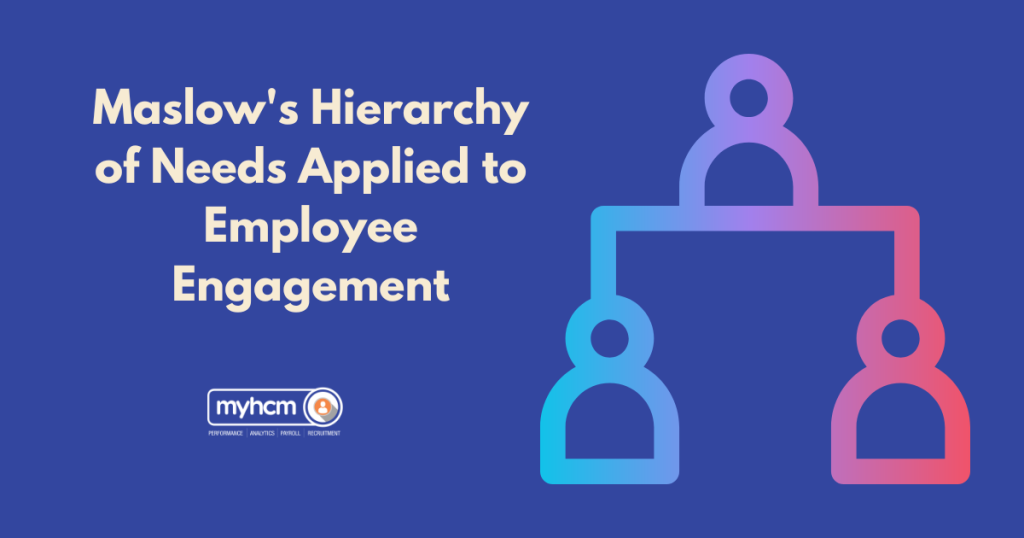Introduction
Understanding employee engagement is crucial for organizational success. One effective framework to analyze this is Maslow’s hierarchy of needs. This psychological theory outlines five levels of human needs, ranging from basic physiological requirements to higher-level self-actualization. When applied to the workplace, Maslow’s hierarchy of needs can significantly enhance employee engagement. It provides a structured approach to understanding what drives employees and how to motivate them effectively. In this article, we will explore each level of Maslow’s hierarchy and its relevance to employee engagement.
Physiological Needs: The Foundation of Engagement
At the base of Maslow’s hierarchy of needs are physiological needs. These include basic necessities such as food, water, and shelter. In the workplace, these needs translate to adequate salaries, safe working conditions, and reasonable hours. Organizations must ensure that employees’ physiological needs are met to foster engagement. When employees feel secure in their basic needs, they can focus on higher-level motivations. Thus, addressing physiological needs is essential for building a strong foundation for employee engagement.
Safety Needs: Creating a Secure Environment
Following physiological needs are safety needs, which play a crucial role in Maslow’s hierarchy of needs. Employees require job security, stability, and a safe working environment. Organizations can enhance engagement by implementing policies that protect employees’ rights and well-being. For instance, providing health benefits and promoting a positive workplace culture can help fulfill these needs. When employees feel safe and secure, they are more likely to be engaged and productive. Therefore, prioritizing safety needs is essential in fostering employee engagement.
Social Needs: Fostering Relationships
The third level in Maslow’s hierarchy of needs is social needs, emphasizing the importance of relationships and belonging. Employees seek camaraderie, teamwork, and a sense of community within their workplace. To meet these needs, organizations should encourage collaboration and open communication. Team-building activities, social events, and recognition programs can help create a sense of belonging. When employees feel connected to their colleagues, their engagement levels increase. Consequently, addressing social needs is vital for enhancing employee engagement.
Esteem Needs: Building Confidence and Recognition
Next in Maslow’s hierarchy of needs are esteem needs. These needs focus on individuals’ desire for respect, recognition, and self-esteem. Organizations can foster employee engagement by acknowledging achievements and providing opportunities for professional growth. Implementing performance recognition programs and offering promotions can help fulfill these needs. When employees feel valued and respected, their motivation and commitment to the organization increase. Therefore, addressing esteem needs is crucial for improving employee engagement.
Self-Actualization Needs: Encouraging Growth and Fulfillment
At the top of Maslow’s hierarchy of needs are self-actualization needs. This level focuses on personal growth, creativity, and the realization of one’s potential. Organizations can enhance employee engagement by providing opportunities for skill development and career advancement. Encouraging innovation and allowing employees to pursue their passions can lead to higher levels of engagement. When employees feel fulfilled and challenged, they are more likely to be committed to their work. Thus, meeting self-actualization needs is key to maximizing employee engagement.
Integrating Maslow’s Hierarchy into Employee Engagement Strategies
To effectively utilize Maslow’s hierarchy of needs, organizations must integrate this framework into their employee engagement strategies. First, conduct regular assessments to identify employee needs at various levels. This can be achieved through surveys, feedback sessions, and performance reviews. Second, tailor engagement initiatives to address these needs specifically. For example, if safety needs are a concern, prioritize workplace safety measures. Additionally, foster a culture of open communication and feedback to ensure ongoing support for employee needs. By applying Maslow’s framework, organizations can create a more engaged workforce.
Conclusion
In conclusion, applying Maslow’s hierarchy of needs to employee engagement offers valuable insights into what motivates individuals at work. By addressing physiological, safety, social, esteem, and self-actualization needs, organizations can significantly enhance employee engagement. When employees feel secure, connected, recognized, and fulfilled, they are more likely to be motivated and productive. Integrating this framework into employee engagement strategies is essential for organizational success. Ultimately, investing in the well-being of employees by understanding and meeting their needs leads to a more engaged and committed workforce.

I do not even understand how I finished uup here, however I thought this put up was good. I do not recognise who you are but certainly you aare going to a famous blogger for those who are not already. Cheers!